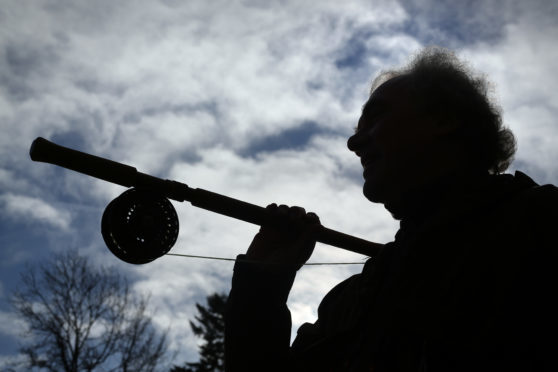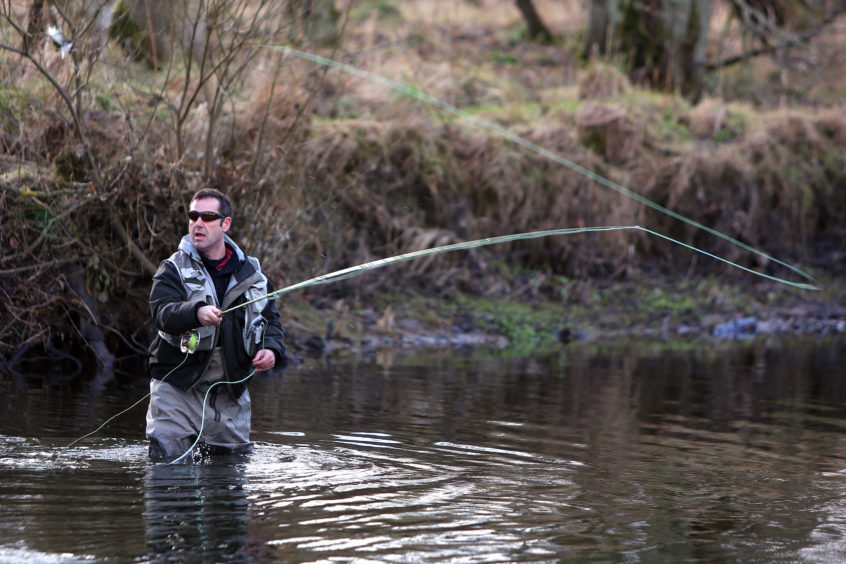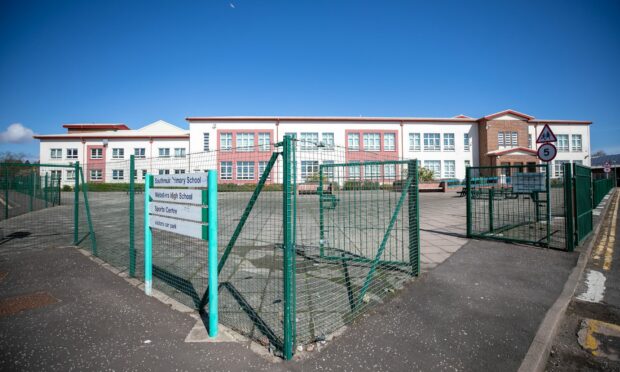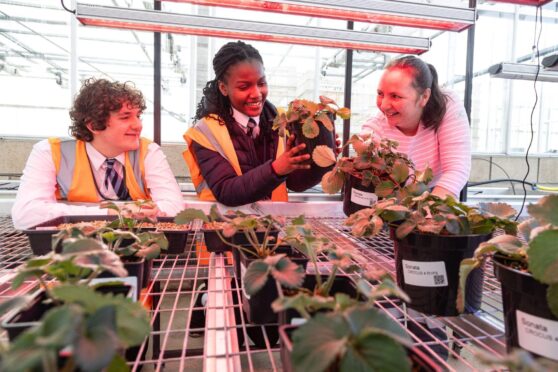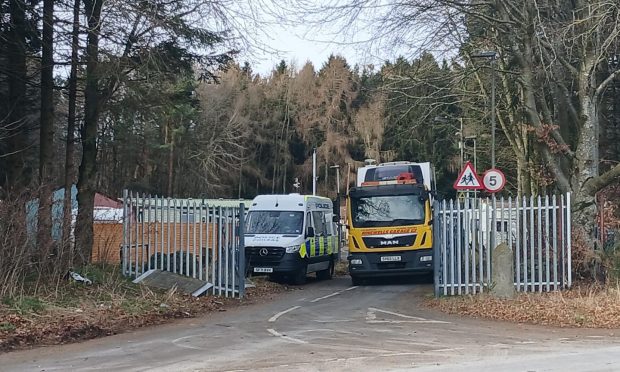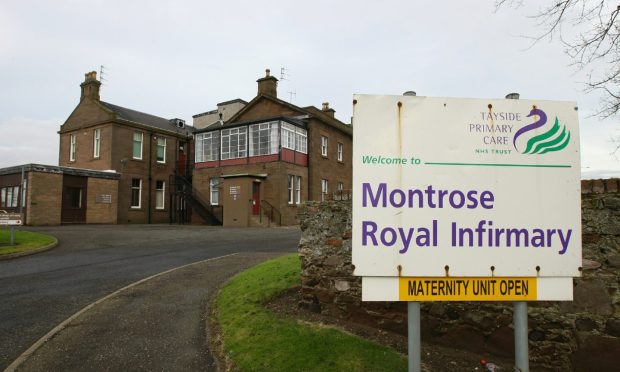Winter sunshine gave rise to hopes of a fine year on the River South Esk as the first cast of a new season was made on the Angus water.
Anglers gathered on the bank of the Finavon Castle beat, a few miles north east of Forfar, for the opening of a 2018 season which will run to the end of October and is being regarded with optimism.
Esk District Salmon Fishery Board rivers director, Dr Craig MacIntyre said: “The River South Esk is continuing to produce some fantastic opportunities for Atlantic salmon and sea trout.
“Last year we noted some very big salmon spawning in the upper catchment, and the average weights of salmon appeared to be higher than average as well.
“This is despite the backdrop of poor marine survival rates for Atlantic salmon that are seen across Scotland. “
He added: “We are always optimistic at the start of a new fishing season, and while 2018 is unlikely to break any records, the River South Esk is a beautiful place in which to fish, with some great sport on offer as well.”
The Esk District Salmon Fishery Board and Fisheries Trust aims to maximise the production of salmon and sea trout from the river and Dr MacIntyre said the benefits of years of work now appeared to be paying off.
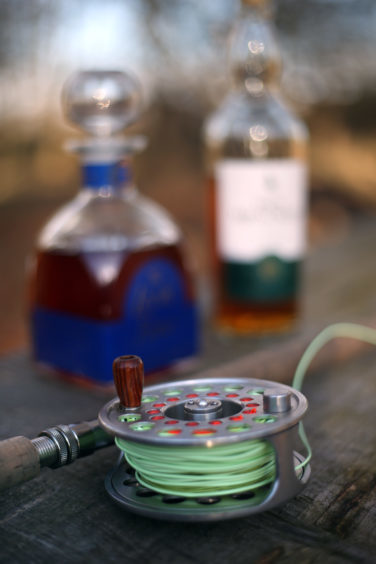
Efforts include a project on the Rottal Burn on the river’s upper reaches in 2012 to create a 1,200-metre meandering stretch intended to bring back the burn’s historic path.
The work aimed to increase its biodiversity value and help the water support viable populations of trout and salmon.
Dr MacIntyre added: “In 2017, the Fisheries Trust completed a £300,000 project, funded by SEPA, which improved the river habitat on the Pow Burn, a tributary of the South Esk, and this work is already showing signs of benefit to the fish populations.”
The River South Esk is a Special Area of Conservation for the Atlantic salmon and the rare freshwater pearl mussel.

The recently updated catchment management plan highlighted the importance of protection of native species and the control of non-native invaders including giant hogweed in the years ahead.
Since 2010, more than 27,000 trees have been planted within the South Esk’s catchment and in excess of 8,000 metres of river have been restored.
The 10-year average catch for salmon is 913, and for sea trout it is 609.
“Only around 5% of salmon which migrate from the river return as adult – the marine survival rate,” added Dr MacIntyre.
“Factors which affect this figure include climate change, by-catch in sea fisheries and predation from other species including seals, dolphins, ducks and cod.
